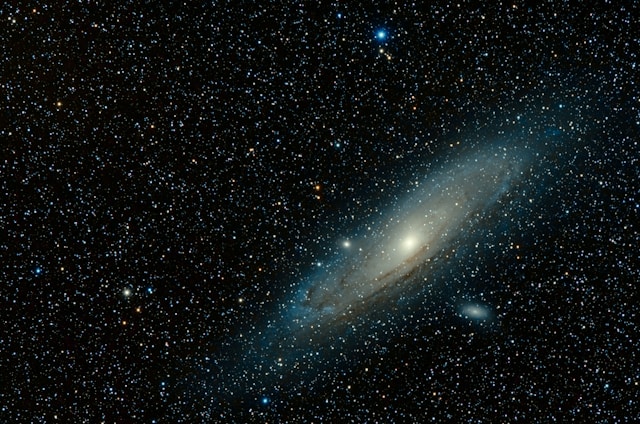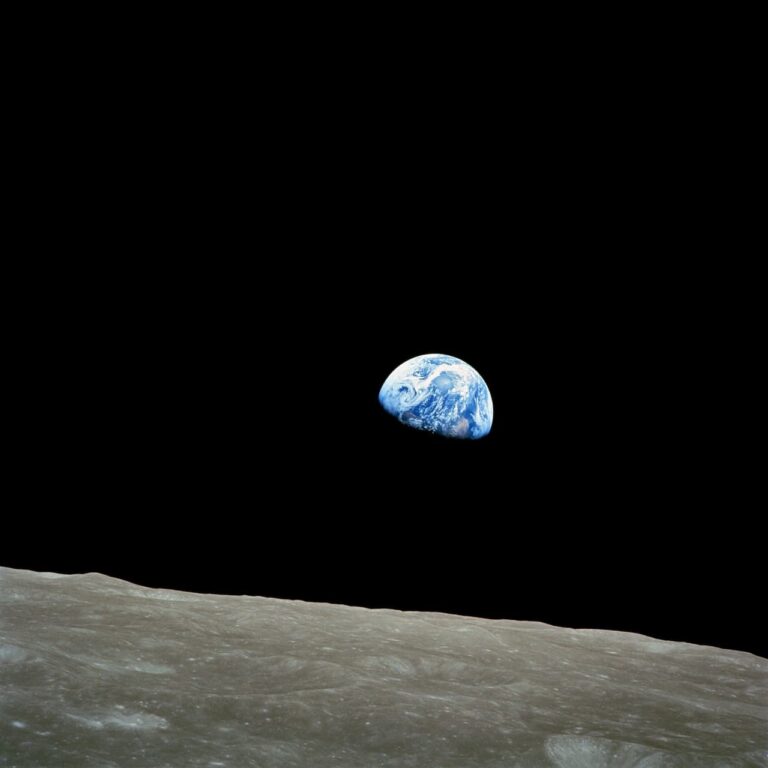Space exploration, often associated with distant planets and advanced technology, plays a critical yet underappreciated role in addressing one of Earth’s most pressing challenges: climate change. Through satellite monitoring, atmospheric research, disaster management, and technological innovation, space missions have become indispensable tools in understanding and mitigating global environmental shifts.
Earth Observation: A Global Perspective
The foremost contribution of space missions lies in their ability to continuously observe Earth’s systems. Satellites equipped with cutting-edge sensors deliver high-resolution data that are vital for climate analysis:
- Surface Temperature Monitoring: Instruments aboard satellites like NASA’s Aqua and Terra track variations in land and ocean temperatures, revealing trends associated with global warming.
- Sea-Level Rise Surveillance: Missions such as Jason-3 and Sentinel-6 provide critical measurements of ocean surface levels, aiding predictions of coastal vulnerability.
- Cryosphere Dynamics: Spacecraft including ICESat-2 and CryoSat-2 monitor ice sheet thickness and polar ice coverage, essential indicators of climate stability.
- Land Use and Deforestation Mapping: Programs like Landsat supply decades-long imagery datasets that help assess changes in vegetation, urbanization, and deforestation, all of which have direct climatic implications.
These observations provide an objective, comprehensive view unattainable through terrestrial methods, allowing scientists to detect even subtle environmental changes over time.
Atmospheric Research: Decoding Greenhouse Gas Dynamics
Space-based instruments offer unparalleled capabilities in tracking atmospheric constituents critical to climate regulation:
- Carbon Dioxide Concentrations: NASA’s OCO-2 satellite maps CO₂ distribution, enhancing understanding of anthropogenic and natural carbon fluxes.
- Methane Detection: ESA’s Sentinel-5P tracks methane emissions, assisting in pinpointing major leak sources, crucial given methane’s potent greenhouse effect.
- Aerosol Analysis: Monitoring the presence and movement of atmospheric aerosols informs models of radiation balance and cloud formation, both integral to climate predictions.
By providing continuous and global atmospheric data, space missions contribute significantly to refining climate models and forecasting future scenarios.
Enhancing Disaster Preparedness and Resilience
The intensification of extreme weather events is a direct consequence of a changing climate. Space missions support disaster risk reduction through:
- Hurricane and Cyclone Monitoring: Geostationary satellites like GOES-16 enable real-time tracking of severe storms, allowing for more effective evacuation strategies.
- Drought Assessment: Missions such as SMAP measure soil moisture levels, providing critical information for agricultural management and water resource planning.
- Wildfire Detection: Satellite programs like MODIS identify wildfires at early stages, even in remote regions, facilitating timely firefighting interventions.
Through early warning systems, satellite technologies reduce casualties and economic losses, strengthening community resilience against climate-driven disasters.
Supporting Scientific Research and Policy Development
Beyond observation, space missions actively facilitate climate research:
- International Space Station (ISS) Experiments: The ISS hosts studies on atmospheric chemistry, cloud microphysics, and plant biology under unique conditions, offering insights not replicable on Earth.
- Climate Model Validation: Data collected from space underpin the calibration and validation of complex climate models used by policymakers and researchers.
- Global Collaboration: Initiatives led by NASA, ESA, JAXA, and others foster international cooperation, promoting standardized datasets and joint missions that enhance global climate governance.
By merging empirical data with advanced modeling, space missions bridge the gap between scientific research and actionable climate policy.
Technological Innovations with Earth-Based Applications
Technologies initially developed for space exploration often find critical uses in addressing climate issues on Earth:
- Solar Energy Advancements: Innovations in photovoltaic technologies, originally designed to power spacecraft, have accelerated the growth of renewable energy industries.
- Water Purification Systems: Water recycling and purification technologies engineered for space habitats now support sustainable solutions in disaster areas and underserved regions.
- Lightweight Materials: High-performance materials used in aerospace applications contribute to the development of energy-efficient transportation and infrastructure.
These technological transfers demonstrate how investments in space exploration yield direct benefits for environmental sustainability.
The Next Frontier: Future Climate-Focused Space Missions
The next generation of space missions promises to further enhance climate action capabilities:
- NASA’s Earth System Observatory: This forthcoming constellation will provide comprehensive 3D observations of Earth’s atmosphere, land, and oceans.
- MethaneSAT Initiative: Backed by the Environmental Defense Fund, MethaneSAT will offer high-resolution mapping of methane emissions, targeting critical sectors like oil and gas.
- Copernicus Sentinel-7: Part of the European Union’s Earth observation program, Sentinel-7 will expand atmospheric monitoring with a focus on air quality and climate parameters.
Such initiatives exemplify the growing recognition that combating climate change demands not only terrestrial efforts but also sustained investment in space-based infrastructure.
Conclusion
Space missions are vital allies in the global endeavor to address climate change. By offering comprehensive Earth monitoring, advancing atmospheric science, enhancing disaster response, and fostering technological innovation, they provide critical tools for understanding and mitigating environmental threats. As climate challenges intensify, the synergy between space exploration and climate science will be pivotal in securing a sustainable future for our planet.
From orbit, we gain not just a strategic vantage point, but a powerful reminder: safeguarding Earth is a mission that extends beyond national borders and scientific disciplines — it is a mission for all humanity.



















